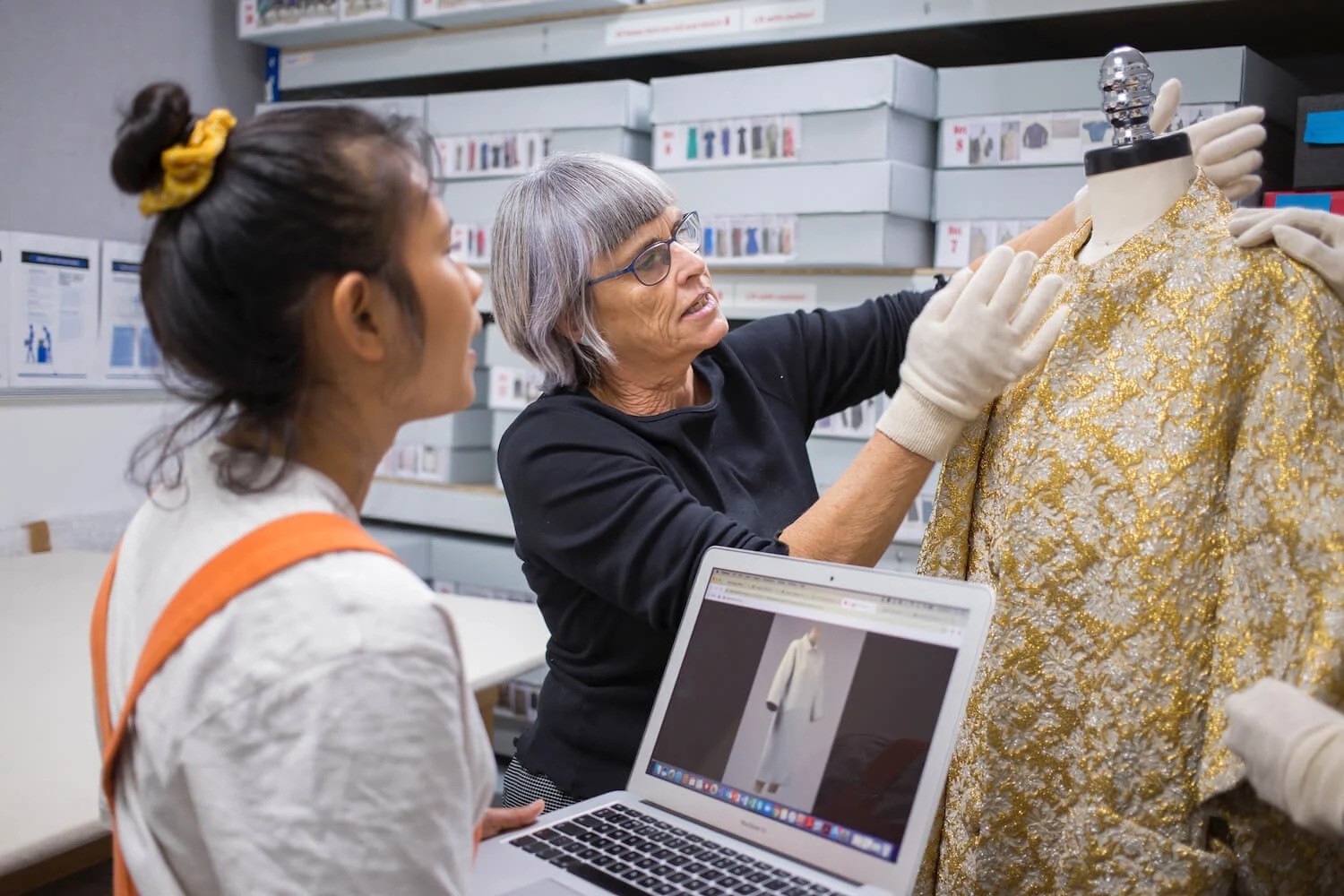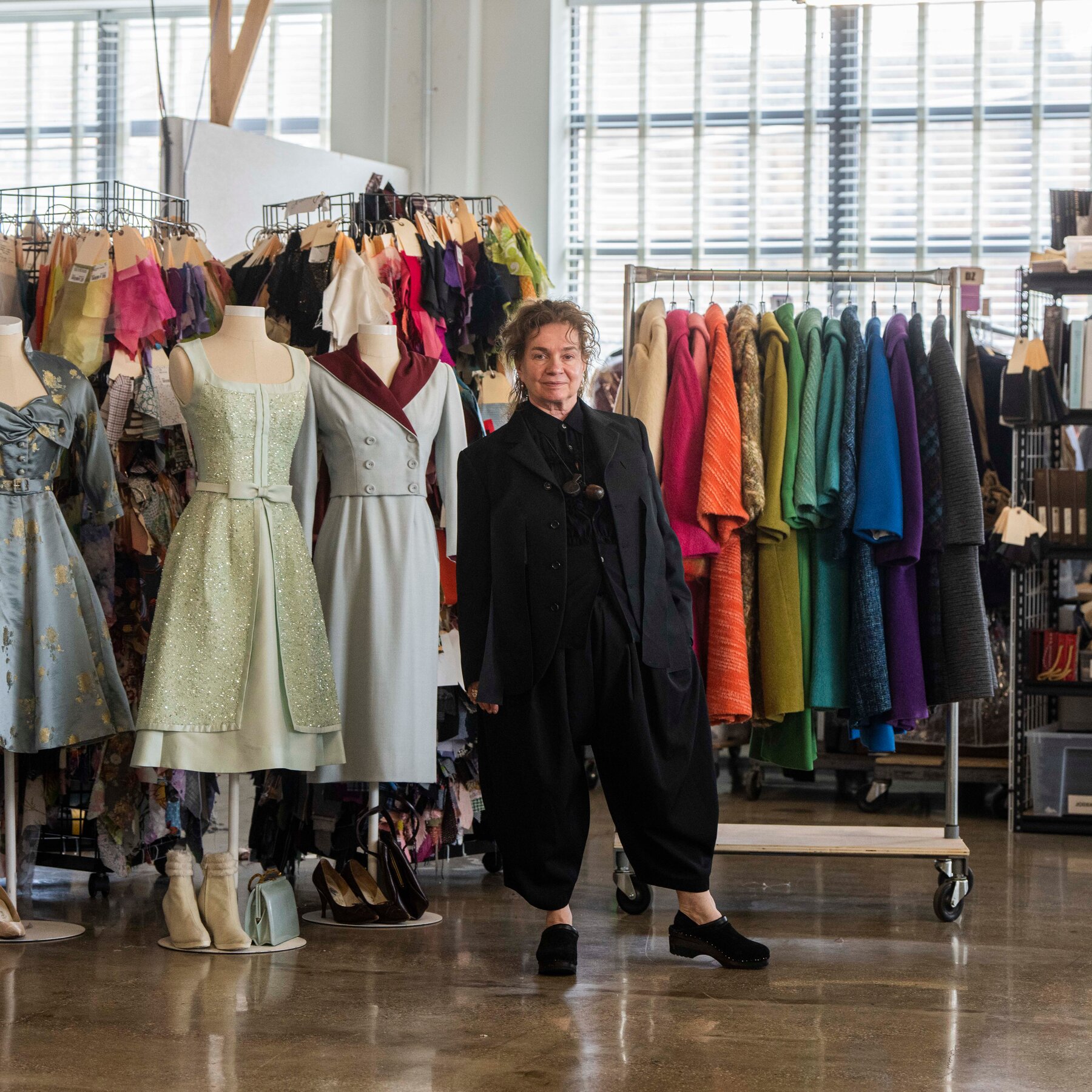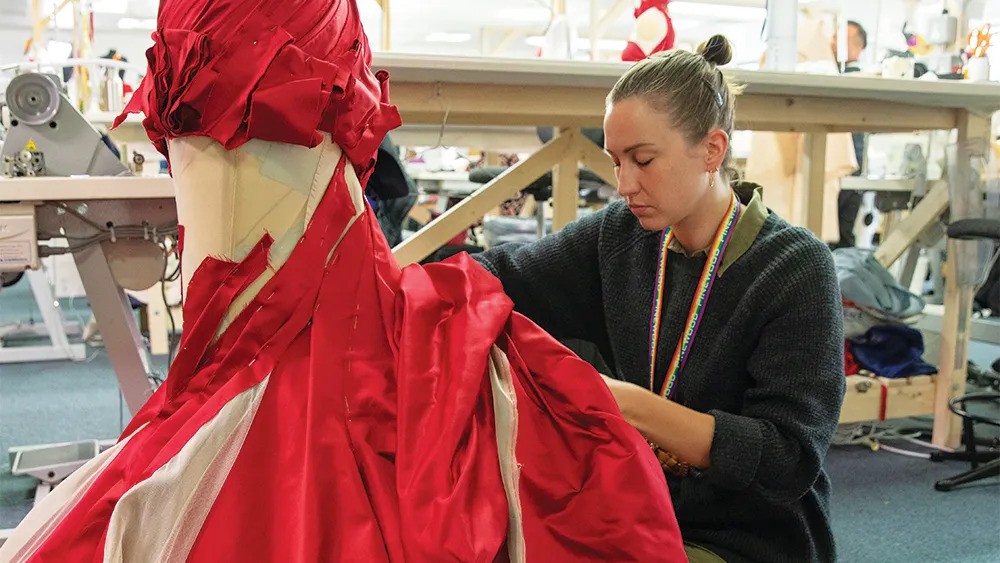Costume Design In Fashion - Exploring Creativity, Influence And Impact
Dive into the world of costume design in fashion and explore the artistry behind creating captivating and iconic looks for stage, screen, and runway.
Author:Elisa MuellerReviewer:James PierceFeb 23, 20241.7K Shares26K Views

Costume design serves as a captivating blend of artistry, creativity, and functionality. From the runway to the silver screen, costume designers play a pivotal role in shaping the visual narrative of fashion, influencing trends, and leaving an indelible mark on popular culture. Costume Design in Fashion is rooted in the rich history of theater, where garments serve as essential tools for character development, storytelling, and mood-setting.
Costume designers collaborate closely with directors, playwrights, and actors to create attire that not only reflects the era and setting of a production but also embodies the essence of each character.
The Impact Of Film And Television
The Impact of Film and Television on costume design is profound, shaping not only the characters within the story but also influencing fashion trends and societal perceptions. Costumes in movies and TV shows serve as visual cues that define characters, establish time periods, and evoke emotions. Iconic costumes have become cultural symbols, deeply ingrained in popular culture and inspiring fashion trends for decades.
In film, costume design plays a crucial role in character development, helping actors embody their roles and immerse themselves in the world of the story. Costumes can convey a character's personality, background, and motivations, providing visual clues that enhance the storytelling experience. For example, a character's attire may reflect their socioeconomic status, occupation, or cultural identity, offering insights into their journey and struggles.
Similarly, television shows leverage costume design to create immersive worlds and memorable characters. From period dramas set in bygone eras to contemporary series depicting modern life, costumes help transport viewers to different times and places, enriching the viewing experience and enhancing the authenticity of the storytelling. Whether it's the elegant ball gowns of a period drama or the edgy streetwear of a gritty urban series, costumes contribute to the overall aesthetic and atmosphere of the show.
Influence On Fashion Trends
The influence of costume design on fashion trends is undeniable, with iconic looks from movies and television often serving as inspiration for designers and consumers alike. This influence stems from the power of visual storytelling, as costumes play a crucial role in defining characters, establishing settings, and conveying themes within a narrative. One significant way costume design impacts fashion trends is through the translation of on-screen styles to real-life wardrobes.
When audiences are captivated by a character's outfit in a movie or TV show, they often seek to emulate that look in their own fashion choices. Designers take note of these iconic ensembles and reinterpret them for the runway or retail market, introducing elements of cinematic flair into everyday wear.
Additionally, costume designers frequently draw inspiration from historical periods, cultural movements, and avant-garde concepts, infusing their creations with creativity and innovation. These bold and imaginative designs can push the boundaries of fashion, inspiring new trends and challenging conventional notions of style.
Moreover, the influence of costume design extends beyond individual garments to encompass broader themes and aesthetics. For example, a movie set in the 1960s may spark a resurgence of mod fashion, characterized by bold colors, geometric patterns, and sleek silhouettes. Similarly, a TV series set in a dystopian future might inspire a trend towards utilitarian clothing with futuristic elements.
The Creative Process
The creative process of costume design is a fascinating journey that begins with research, imagination, and collaboration, ultimately culminating in the creation of visually stunning and emotionally resonant garments. Here's a closer look at the various stages involved in bringing costumes to life:
Research And Conceptualization
The creative process starts with thorough research and conceptualization. Costume designers immerse themselves in the world of the production, studying historical references, character backgrounds, and thematic elements to inform their designs.
This research phase allows designers to gain insights into the time period, culture, and social context of the story, ensuring that costumes accurately reflect the narrative and enhance the overall storytelling experience.
Collaboration And Inspiration
Costume design is a collaborative effort that involves working closely with directors, producers, actors, and other members of the creative team. Designers draw inspiration from discussions with the director about the tone, style, and visual aesthetic of the production, as well as input from actors regarding their characters' personalities and motivations.
This collaborative process sparks creativity and innovation, as designers brainstorm ideas, share concepts, and refine their vision based on feedback and insights from their peers.
Sketching And Design Development
Once the concept is solidified, costume designers begin sketching their initial designs, bringing their ideas to life on paper. Sketches serve as a visual representation of the costumes, allowing designers to experiment with different silhouettes, fabrics, and embellishments.
As the designs evolve, designers refine their sketches, incorporating feedback from the creative team and ensuring that the costumes align with the overall vision of the production.
Fabric Selection And Sourcing
With the designs finalized, costume designers turn their attention to fabric selection and sourcing. They carefully choose fabrics that not only complement the aesthetic of the costumes but also provide the necessary comfort, durability, and flexibility for the actors wearing them.
Designers may visit fabric stores, consult with textile experts, or collaborate with costume shops to find the perfect materials for each garment.
Fittings And Adjustments
Once the fabrics are selected, costume designers oversee the construction of the costumes, working closely with costume makers, tailors, and seamstresses to bring their designs to fruition.
Actors participate in fittings, where costumes are tailored to their measurements and adjustments are made to ensure the perfect fit and comfort. Designers pay meticulous attention to detail during this stage, ensuring that every stitch, seam, and embellishment enhances the overall look and feel of the costumes.
Final Touches And Presentation
As production nears completion, costume designers add the final touches to the costumes, including accessories, props, and finishing touches. They collaborate with hair and makeup artists to create cohesive looks that complement the costumes and enhance the characters' appearance.
Finally, the costumes are presented to the director and creative team for approval, ready to make their debut on stage or screen and captivate audiences with their beauty, authenticity, and storytelling power.
FAQs About Costume Design In Fashion
What Skills Are Essential For A Career In Costume Design?
Costume designers require a blend of creativity, technical proficiency, and collaborative skills, along with a deep understanding of fashion history, textiles, and costume construction techniques.
How Do Costume Designers Balance Creativity With Practicality?
Costume designers must strike a balance between artistic expression and functionality, ensuring that costumes not only look visually stunning but also meet the practical needs of the production and the actors wearing them.
What Role Does Costume Design Play In Establishing Character Identities?
Costumes are instrumental in defining characters' personalities, backgrounds, and motivations, helping actors embody their roles and immerse themselves in the world of the production.
How Do Costume Designers Stay Inspired And Keep Up With Evolving Fashion Trends?
Costume designers draw inspiration from a variety of sources, including historical research, contemporary fashion, art, literature, and cultural influences, allowing them to stay relevant and innovative in their designs.
What Are Some Notable Examples Of Iconic Costumes In Film And Television?
Iconic costumes such as Marilyn Monroe's white dress from "The Seven Year Itch," Audrey Hepburn's little black dress from "Breakfast at Tiffany's," and the superhero costumes from the Marvel Cinematic Universe are just a few examples of costumes that have left a lasting impact on popular culture.
Conclusion
Costume design in fashion is a multifaceted art form that transcends boundaries and mediums, influencing trends, shaping narratives, and captivating audiences worldwide. From the grandeur of the theater to the intimacy of the silver screen, costume designers leave an indelible mark on popular culture, showcasing their creativity, talent, and passion for storytelling through the art of costume design.

Elisa Mueller
Author

James Pierce
Reviewer
Latest Articles
Popular Articles

